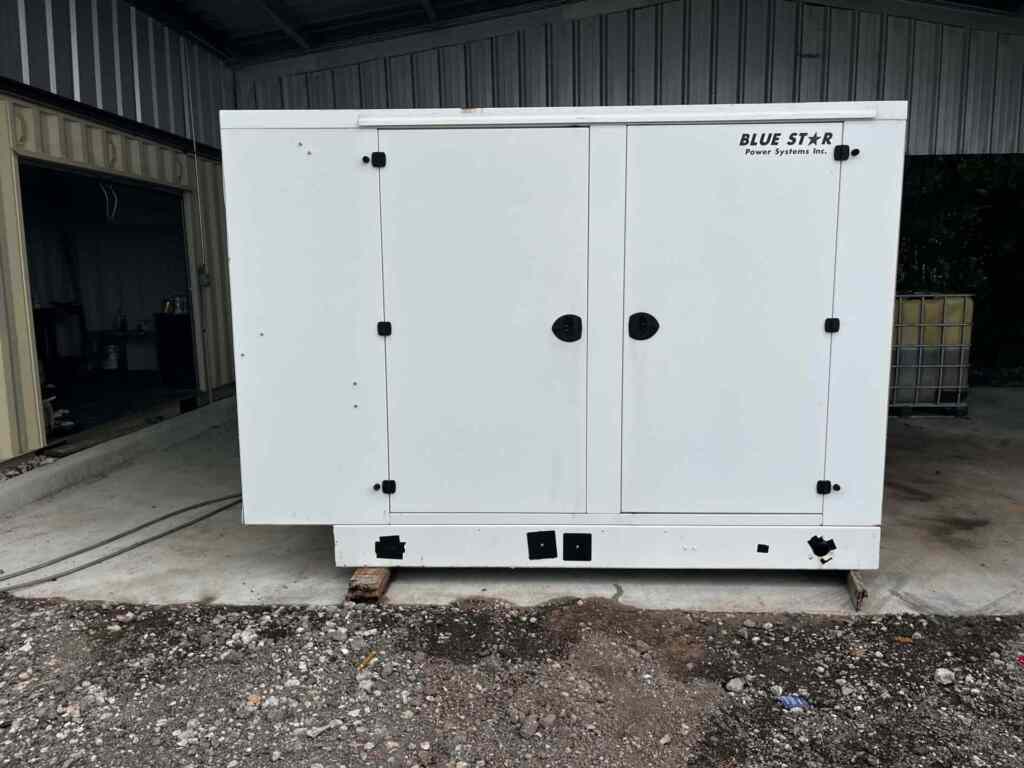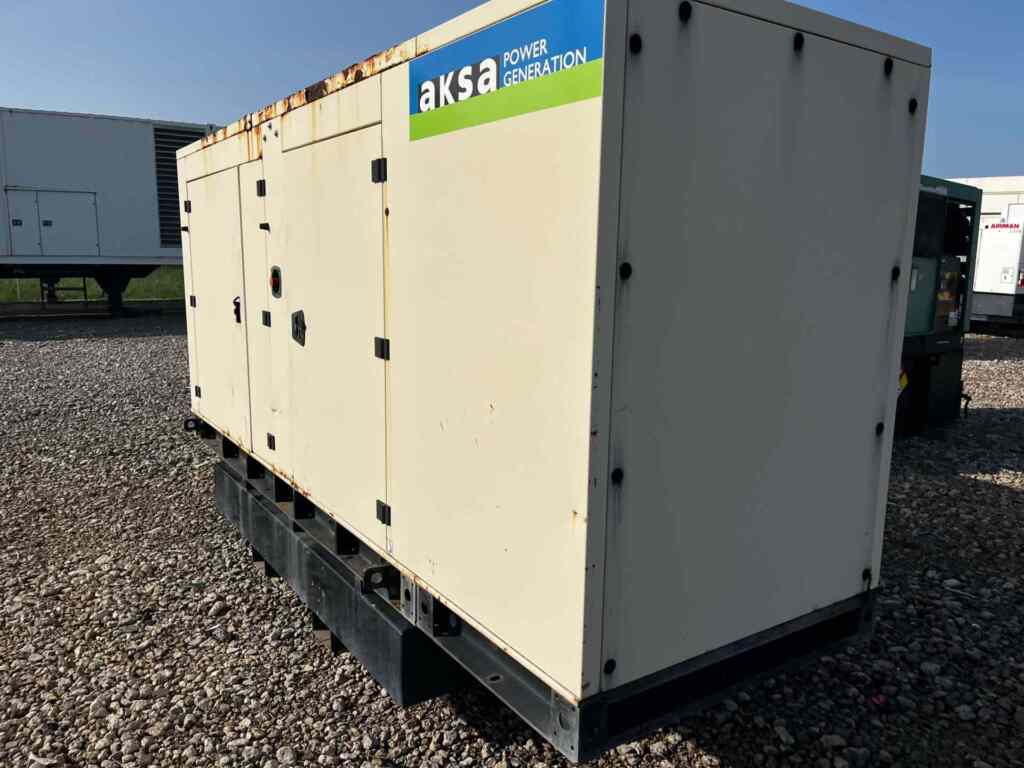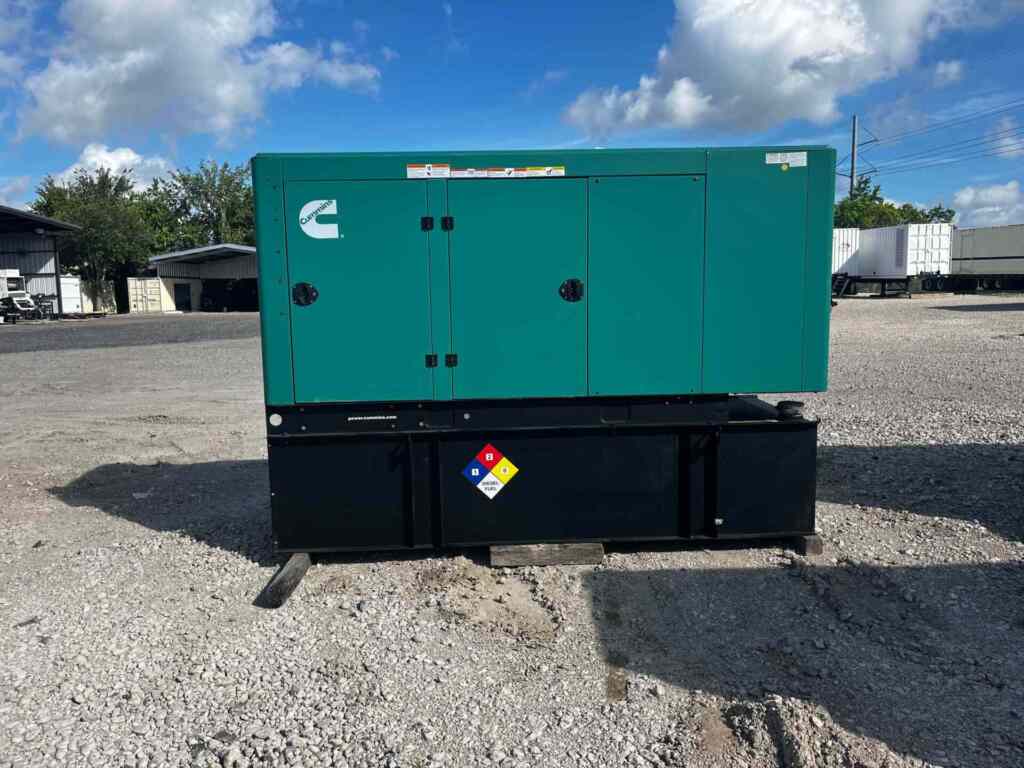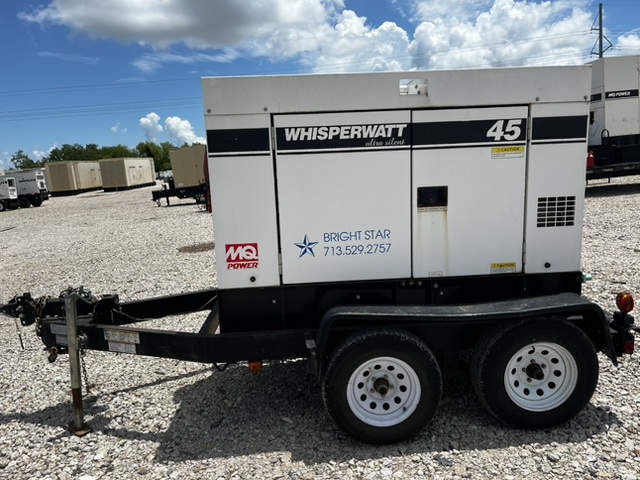Power outages are spontaneous, chaotic, and frustrating. Often present during a storm, drastic temperature drops, and other inclement weather situations, outages can result in emergencies if not addressed accordingly.
While backup generator sets are an incredibly reliable tool to help mitigate losses during outages, having one generator bear the load can do more harm than good. Fortunately, paralleling exists to help lessen the risk of equipment failure. But what is a parallel operation of generator sets? Continue reading to learn the answer!
What Is Paralleling?
Paralleling an electrical generator requires the synchronization or combination of two electrical inputs by matching them to each other’s output voltage waveform. In other words, paralleling generators allows generator units to connect and increase the wattage.
Often requiring the same brand, size, and type of power units, the established connection increases the wattage amount traveling into the equipment and building that require energy. By conducting a parallel operation of a generator set, you can distribute energy to more than the bare essentials during a power outage.
What Is the Importance of Paralleling Generators?
Generator sets used in parallel can increase total system sizes and redundancy and prove cost-effective when combining smaller units instead of a larger one.
Increases Redundancy
By supplementing your backup power system with additional units, you can increase redundancy, therefore making the entire system more reliable. For instance, suppose your operations require a total power requirement of 3000kVA, but you require a larger generator that can handle larger loads.
Instead of purchasing a sole generator at 4000kVA, consider purchasing eight 500kVA units in parallel. By purchasing smaller units, you can mitigate the risk of a single failure that can entirely wipe out power.
Should one of the smaller generators fail, you would still have consistent power from the others, giving you redundancy.
Reduces Capital Costs
While implementing additional generator units appears costly, using this strategy can help you reduce expenses in the long run. Diesel engines with wattages up to 660kVA undergo mass production, considering their vast versatility.
Wattage above this amount can affect the integrity of produced units, ultimately impacting the number of machines produced. For this reason, costs per kVA can increase, resulting in a costlier unit with less efficiency.
What Are Some Precautions To Consider During Paralleling?
When establishing a parallel operation between generator sets, avoid using units with different specifications. Once synchronized, their speeds may lock according to the overall speed of the system.
You also want to avoid having one unit handle the entire load of the system to prevent overworking. You’ll want a controller to monitor engine parameters and voltage regulation. When connecting terminals, remember to connect with the correct polarity to mitigate short-circuiting.
Some consider isolating one generator as an outdated practice that may be unreliable during a significant power outage. On the other hand, parallel operation of generator sets is an effective method to create a robust backup power system that is dependable in all situations.
Backup generators are our expertise at Turnkey Industries. We have trailer-mounted generators for sale that can serve as an integral component to your parallel operation. Our units are from various reputable brands that you can rely on during emergencies.

 Turnkey Industries offers a variety of high-capacity
Turnkey Industries offers a variety of high-capacity 





